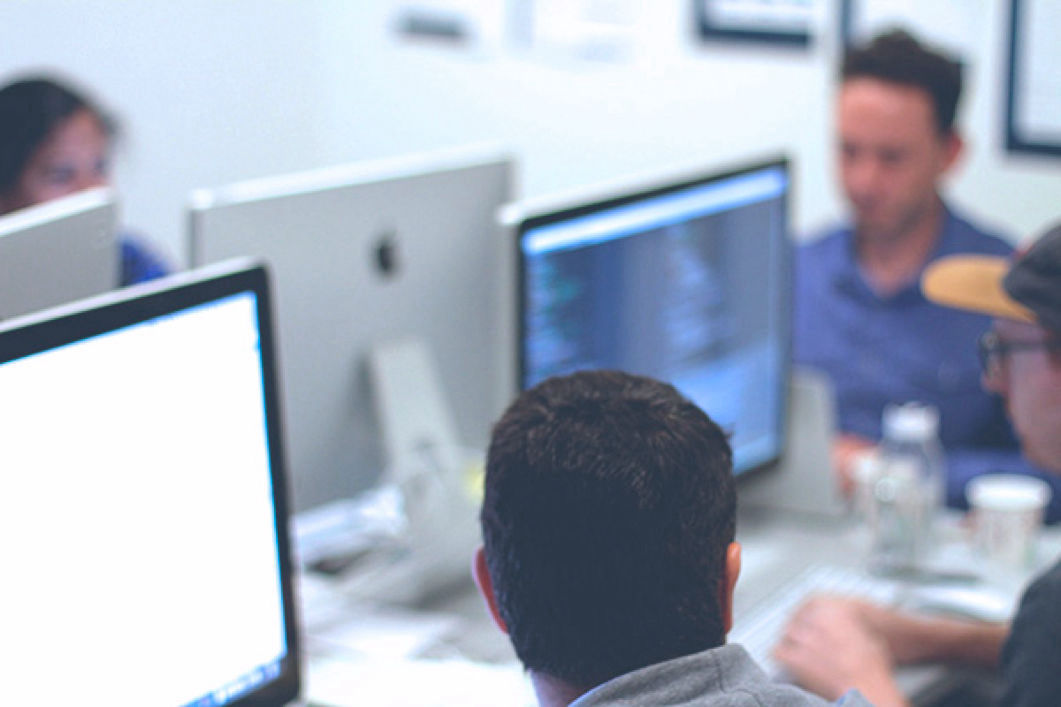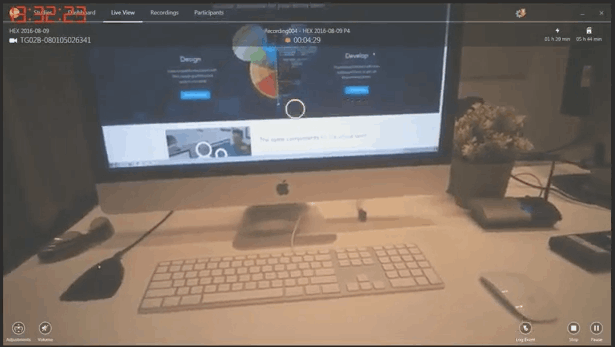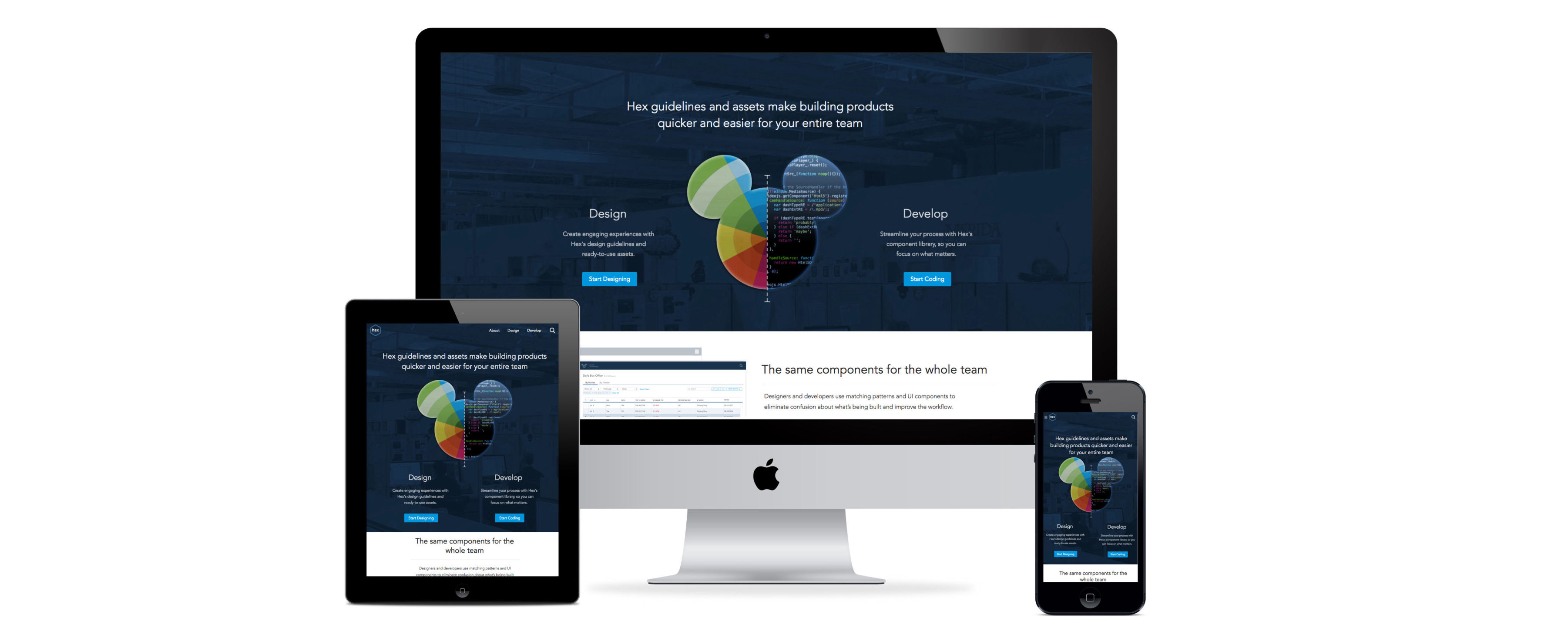
The Challenge
Product teams lacked consistent design standards, forcing them to rebuild foundational elements for every new product or feature. Inconsistent UI/UX behaviors made applications harder to learn.
This caused substantial expenses in redesigns and refactoring—not to mention the financial cost of creating unreliable user experiences across touchpoints.



